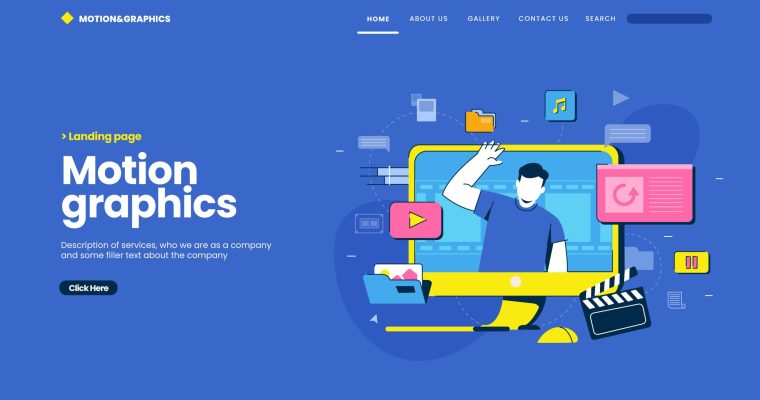As eLearning professionals, having a strong portfolio is essential for showcasing your skills and experience. However, in today’s competitive job market, a basic text-based portfolio may not be enough to make you stand out. That’s where multimedia comes in. In this blog post, we’ll explore how to use multimedia to create a more dynamic and engaging eLearning portfolio that will catch the eye of potential employers or clients.
Here’s a quick video that explains the benefits of using multimedia in your eLearning portfolio:
So, how can you incorporate multimedia into your eLearning portfolio? Here are a few tips:
1. Incorporate Video
Adding video to your eLearning portfolio is an effective way to showcase your skills and knowledge. You can create video tutorials, interviews, or presentations that demonstrate your expertise. Video can also help you connect with your audience and bring your content to life.
For example, if you’re an eLearning developer, you could create a video tutorial on how to use a particular eLearning authoring tool. Or, if you’re a subject matter expert, you could create a video presentation on a topic within your area of expertise. You could also create an interview-style video in which you discuss your work or approach to eLearning.
2. Add Audio
Audio can be an excellent addition to your eLearning portfolio. You can create podcasts or voiceovers for your presentations or tutorials. Adding audio can help make your portfolio more engaging and interactive.
For example, you could create a podcast series in which you discuss eLearning topics or trends. Or, you could add a voiceover to your video tutorials or presentations to provide additional context and insights.
3. Use Images
Adding images to your eLearning portfolio can help break up text and make your content more visually appealing. You can use images to showcase your work or to illustrate concepts and ideas.
For example, you could include screenshots or images of your eLearning courses or modules. Or, you could use images to illustrate key concepts or ideas within your portfolio.
4. Create Interactive Elements
Interactive elements can help make your eLearning portfolio more engaging and memorable. You can create quizzes, games, or simulations that allow potential clients or employers to interact with your content.
For example, you could create quizzes or games that allow potential clients or employers to interact with your content. You could also create simulations that illustrate how your eLearning courses or modules work.
5. Incorporate Animations
Animations can be a fun and creative way to showcase your skills and knowledge. You can create animated videos or presentations that illustrate complex concepts or ideas.
For example, you could create an animated video that illustrates a complex concept or idea. Or, you could create an animated presentation that showcases your eLearning work.
6. Use Infographics
Infographics can be an effective way to convey information and data in a visually appealing and easy-to-understand way. You can create infographics that showcase your skills, knowledge, or portfolio work.
For example, you could create an infographic that showcases your skills, knowledge, or portfolio work. Or, you could create an infographic that illustrates key eLearning trends or statistics.
In conclusion, incorporating multimedia elements into your eLearning portfolio is a great way to create a more dynamic and engaging portfolio that showcases your skills and knowledge. By using video, audio, images, interactive elements, animations, and infographics, you can create a portfolio that stands out and attracts potential clients or employers. So, start exploring the possibilities of multimedia and take your eLearning portfolio to the next level!







